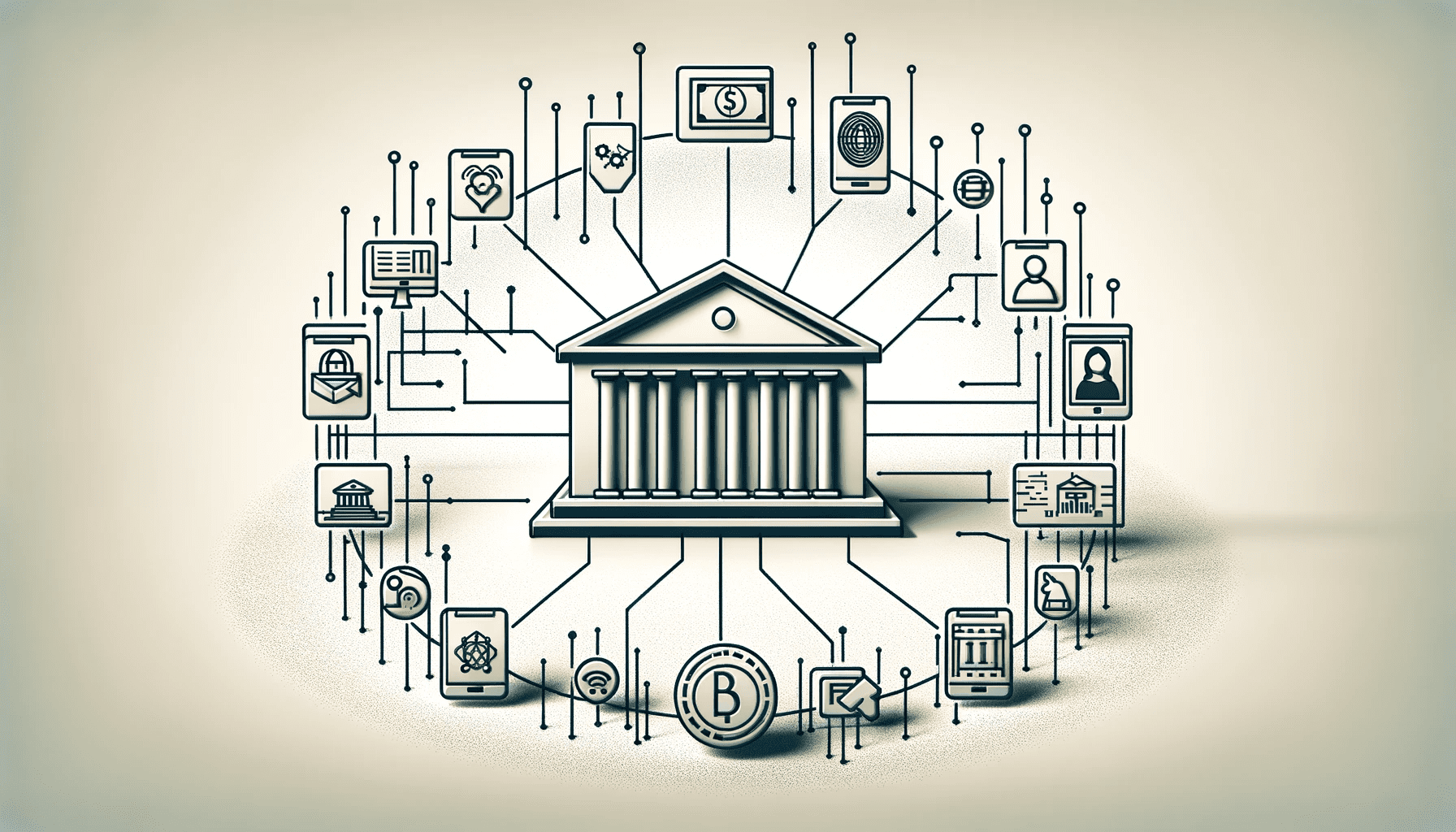Since the financial crisis of 2008, banking interest rates for customer accounts have followed the steep decline in central banks’ prime lending rates. This is due to the policies followed by the major economies to flood the markets with cash in order to stimulate spending and save a complete melt-down.
A comparison of European Central Bank banking interest rates over the two decades illustrates how general instability in the economy affects interest rates, with the ECB making frequent adjustments in the early years of the century – post the overheating which triggered higher rates to keep the lid on – and in response to the 2008 crisis where in just 30 months, rates fell from 3.25% to 0.25%. Throughout 2020, the central bank has kept rates effectively at zero.








